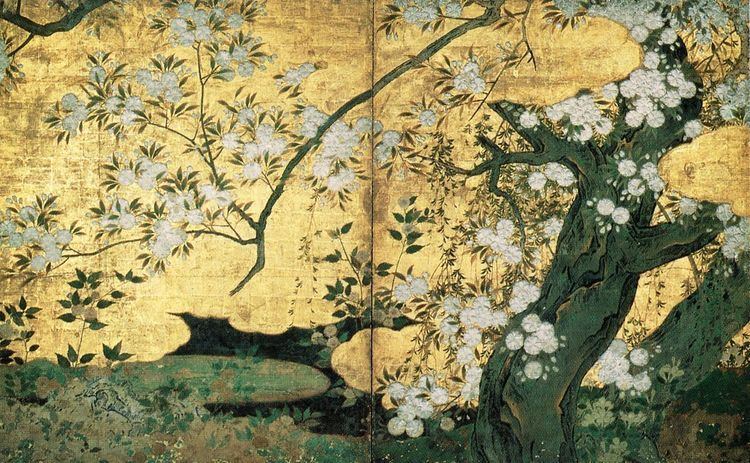Name Hasegawa Kyuzo Parents Hasegawa Tohaku | Role Hasegawa Tohaku\'s son | |
 | ||
Hasegawa Kyūzō (長谷川久蔵, 1568 – July 13, 1593) was the son of Hasegawa Tōhaku, and a painter of the Hasegawa school in the Azuchi–Momoyama period Japan.

Kyūzō was born as the first son between Tōhaku and his first wife Myōjō (妙浄, died 1579).
It is generally surmised that Kyūzō painted on the byōbu (wind screens) for Toyotomi Hideyoshi or other high-ranking Toyotomi supporter. Four of his works remain:
Tōhaku intended Kyūzō to be his heir, if it were not for his early death in his mid-20s. Kyūzō was highly acclaimed by Kanō Einō in Honchō Gashi (本朝画史) compiled in 1679 as that the "elegance of his work surpasses his father's, unmatched by none other in the Hasegawa school."
References
Hasegawa Kyūzō Wikipedia(Text) CC BY-SA
